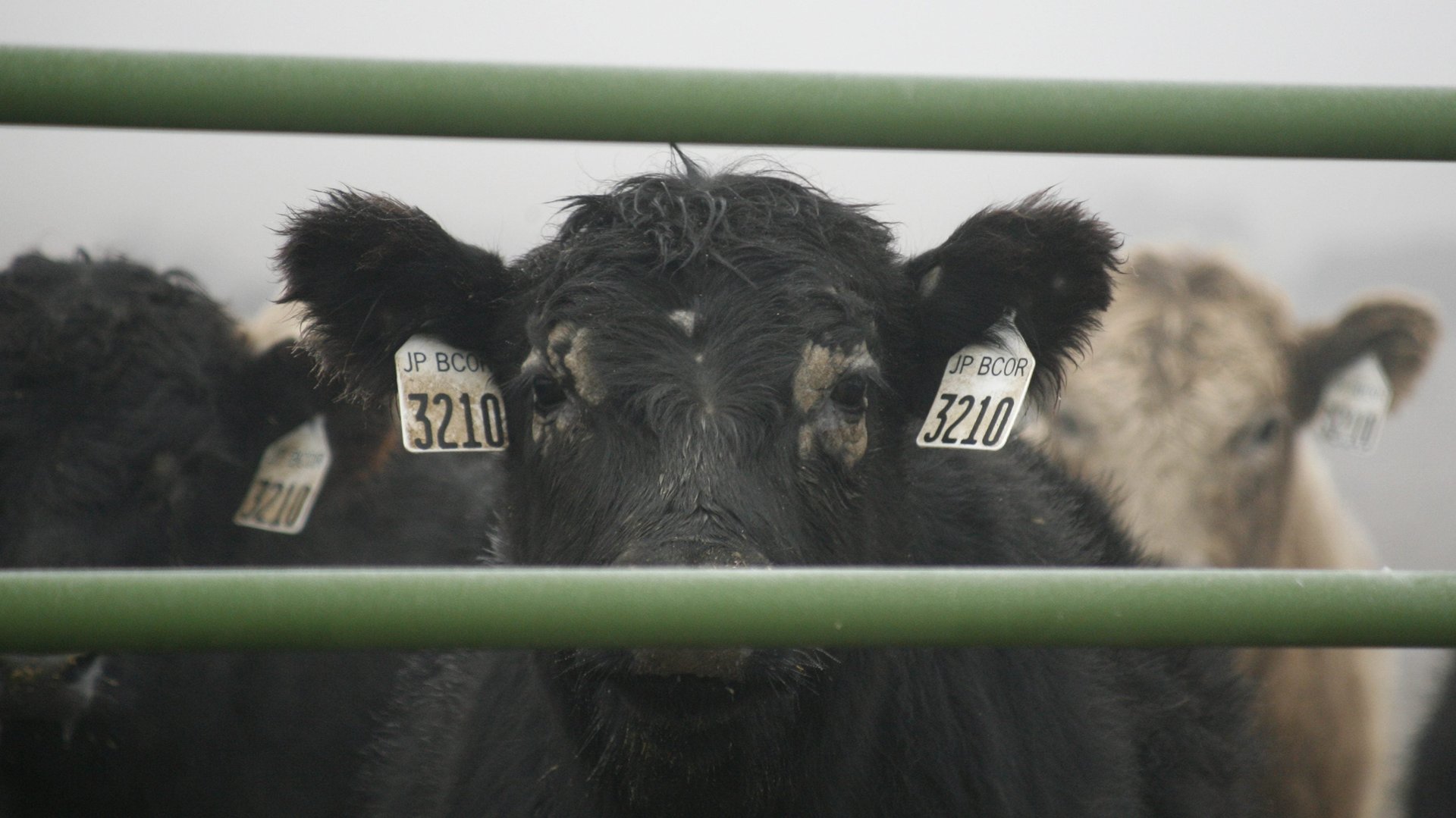The logjam of cattle stuck on feedlots is beginning to clear
Starting in April, the pandemic struck at hundreds of meatpacking plants in the US, forcing temporary closures and operational slowdowns in dozens of locations. Altogether, 9% of the nation’s meat plant workers—around 30,000 people—have contracted the virus, according to a recent analysis by the US Centers for Disease Control and Prevention.


Starting in April, the pandemic struck at hundreds of meatpacking plants in the US, forcing temporary closures and operational slowdowns in dozens of locations. Altogether, 9% of the nation’s meat plant workers—around 30,000 people—have contracted the virus, according to a recent analysis by the US Centers for Disease Control and Prevention.
Plant outbreaks gummed up the meat supply chain, creating a backlog of animals awaiting slaughter. For pork and poultry operations, in which animals move from barn to slaughter in the space of weeks or months, the oversupply forced producers to kill millions of animals.
Cattle got luckier. They take more than a year to mature, and can be kept on farms longer when necessary without sacrificing quality. So instead of widespread “depopulation,” to use the industry jargon, they piled into feedlots, usually a cow’s last home. Cattle typically stay on feedlots at least 150 days; if they stick around any longer, the industry considers them ready to be slaughtered.
During the pandemic, the number of cattle on feedlots for more than 150 days became a proxy for the supply chain logjam—and it seems to be clearing up.
The feedlot backup peaked in June with 3 million cows, nearly twice the number that are typically waiting on lots this time of year. According to an analysis by CattleFax, a market research firm, it should begin to decline this month as plants make more Covid-19 tests available and begin to resume normal production speeds. “We’re likely past the most impactful period of plant slowdowns and closures,” said Hillary Makens, a spokesperson for the National Cattlemen’s Beef Association.
That may be bad news for the cows, but it will be a relief for feedlot managers, Makens said.
“Cattle having to spend more time in feed yards due to supply chain disruptions can lead to a considerable financial burden,” she said, “due to increased feed and maintenance costs, decreased returns, and increased labor to care for the animals.”
This is a good sign for consumers, too. Beef never experienced widespread shortages; although the rate of slaughter dipped during the height of the pandemic, the amount of beef in cold storage (awaiting distribution to grocers and restaurants) took only small hit, and exports stayed steady, according to UDSA data. Prices did spike in May, but have now come back down to pre-pandemic levels.
Still, the meat industry isn’t in the clear yet. Plants may be moving more beef, but workers around the country are still concerned that virus testing and safety protocols aren’t up to par. A second wave of outbreaks at plants would send feedlots back to capacity again.